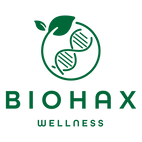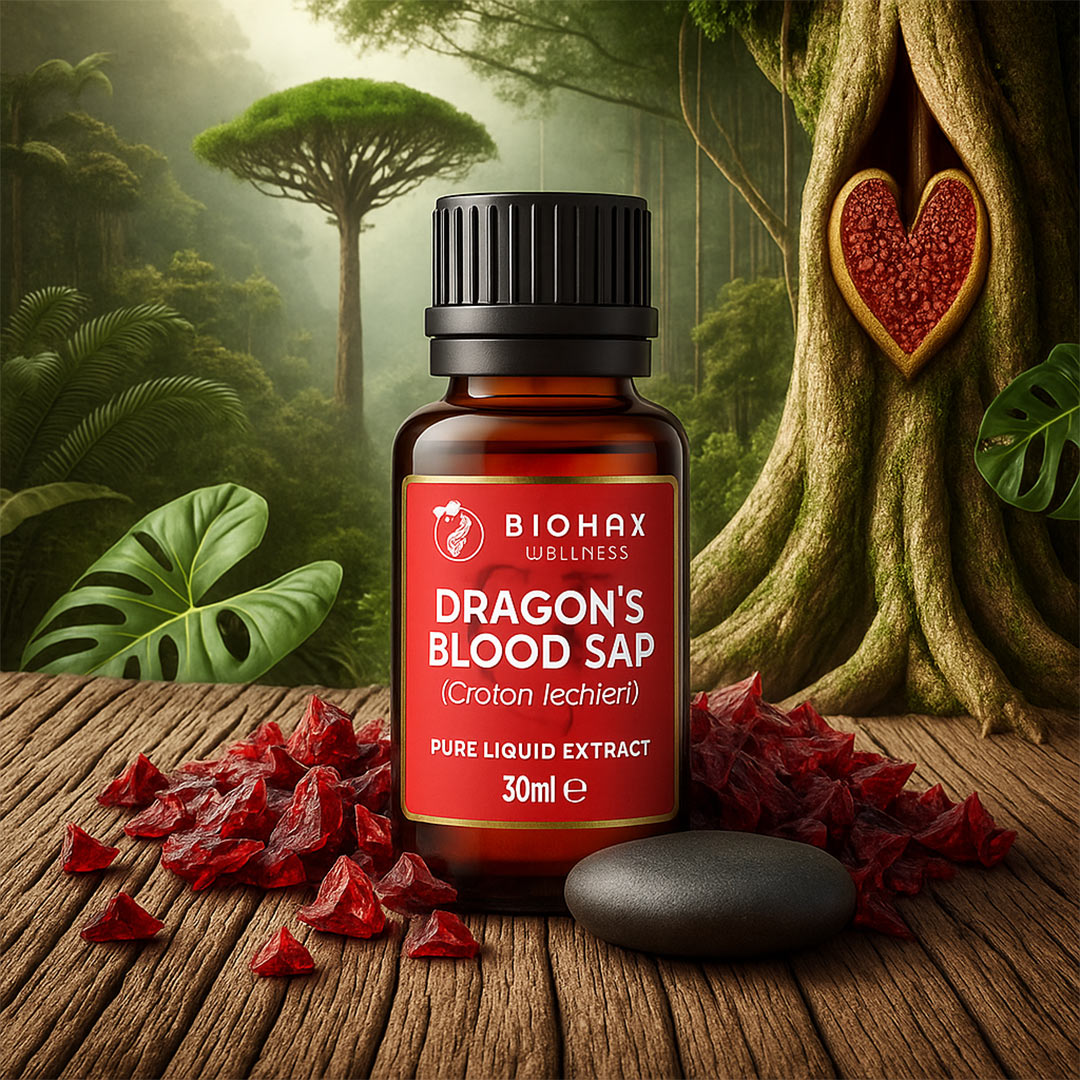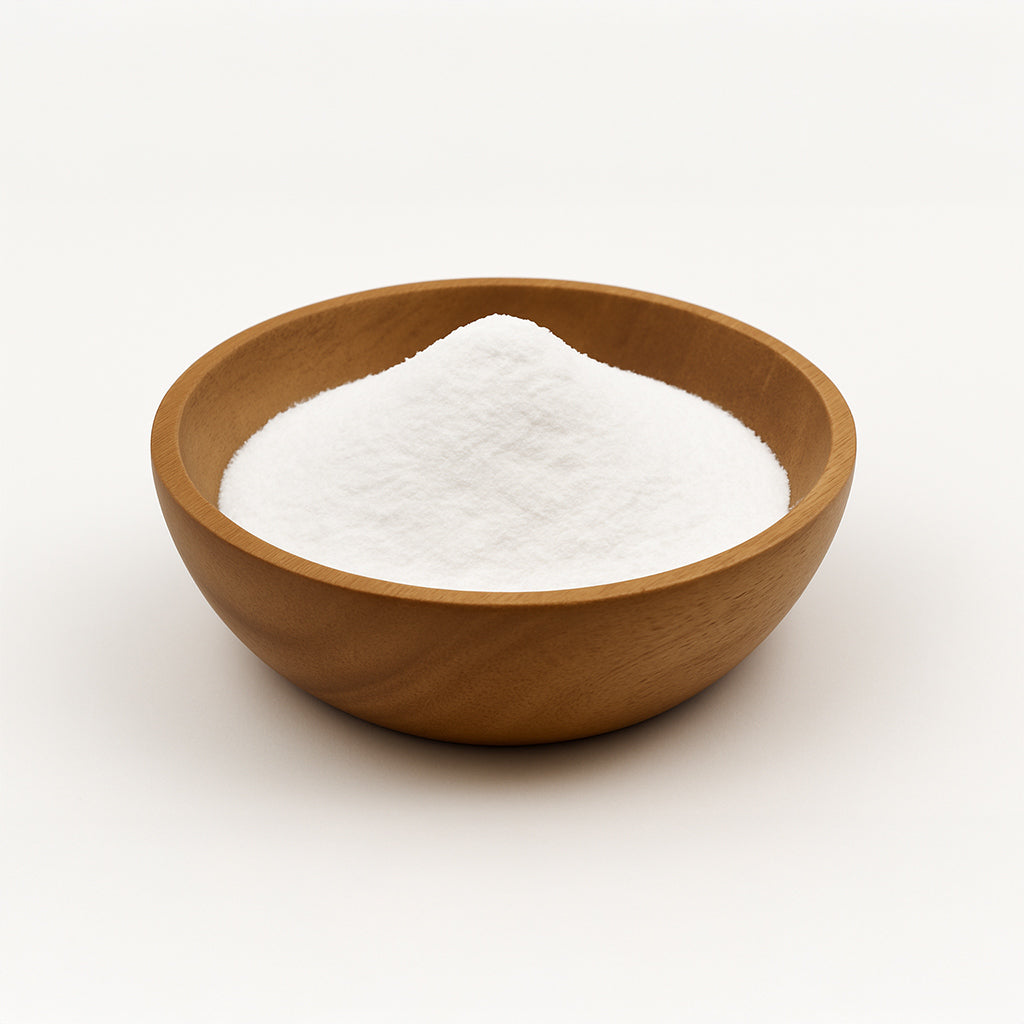You wouldn’t rub non-stick chemicals into an open wound, right? But that’s exactly what might be happening with many mainstream bandages, and most of us have no idea.
So what’s going on?
Turns out your first aid kit might be packing more than just gauze and good intentions.
A recent investigation found that PFAS — yep, those infamous “forever chemicals” once used in non-stick pans and firefighting foam, have made their way into everyday bandages.
In 2023, Mamavation and Environmental Health News tested 40 bandage brands.
Twenty-six showed signs of fluorine, a known PFAS marker.
And yes, Band-Aid and Elastoplast were on that list.
These chemicals are used to make bandages waterproof and non-stick.
But here’s the kicker: when you slap them on broken skin, they don’t just sit there.
They’ve got a VIP pass straight into your bloodstream.
It's not just concerning, it's downright wild what companies are still allowed to get away with.
Here’s the legal loophole that’ll make your eye twitch:
In Australia (and most countries), bandages and plasters are classified as medical devices, not food, skincare, or supplements. That little detail gives manufacturers a free pass to keep you in the dark:
-
They don’t have to list full ingredients on the packaging, unlike your almond milk or face serum
-
The only thing they’re required to declare? Potential allergens (like latex), which is why you’ll spot the “0% latex” badge and... not much else
-
They can toss around feel-good terms like “Hi-Dry Tex technology” or “breathable membrane” without revealing a single ingredient behind them
Because nothing says transparency like coating a wound in mystery plastic.
So substances like:
-
PFAS (used for waterproofing and flexibility)
-
Synthetic adhesives and polymers
-
Plasticisers and chemical coatings
...can be included without ever being named.
And meanwhile, plant-based products like Dragon’s Blood are regulated like pharmaceuticals under the TGA, requiring extensive labelling, restrictions, and claims compliance.
We're all for regulation when it's fair, but you have to ask: why do single-ingredient botanical resins get scrutinised while plastic-laced bandages slide under the radar?
What’s actually in a Band-Aid?
Based on industry data, scientific literature, and independent testing:
1. Backing layer (outer strip):
-
Polyethylene, polyurethane, or polyester
-
PFAS detected in several major brands tested in 2023
2. Adhesive (sticky layer):
-
Acrylic-based or synthetic rubber adhesives
-
May include natural rubber latex, plasticisers, and tackifiers
3. Wound pad:
-
Cotton, rayon, or polyester
-
Often coated in polyethylene to reduce sticking
-
Sometimes infused with antiseptics (not always disclosed)
4. Packaging:
-
May be treated with natural rubber latex (as noted on some Band-Aid packaging)
What’s not listed — but often present
-
PFAS (perfluoroalkyl substances)
-
Synthetic chemicals in adhesives
-
Preservatives and plasticisers
-
Materials that may disrupt hormones or the immune system
And because they’re considered non-ingestible medical devices, brands aren’t required to tell you.
Dragon’s Blood: What you see is what you get
If you're cleaning out your first aid kit and want less chemical mystery, let us reintroduce you to one of nature’s oldest wound allies:
Dragon’s Blood - a thick, deep red latex-like resin tapped from the Croton lechleri tree in the Amazon.
Used traditionally for skin, cuts, bites, and barrier repair, it’s earned its place in every apothecary worth their salts (and sap).
What’s in it? Just this:
-
One botanical ingredient: Croton lechleri sap
-
Naturally forms a seal over broken skin
-
Contains taspine and proanthocyanidins (compounds studied for their antioxidant and antimicrobial properties)
-
No adhesives. No preservatives. No synthetic coatings.
Note for those with latex allergies:
Dragon’s Blood is a plant latex. If you’re sensitive to latex, patch test first or consult your practitioner before use.
Why this actually matters
Mainstream bandages? Trusted by default, but mostly because no one’s reading the fine print (or noticing that there isn’t one). While natural products like Dragon’s Blood get put through the regulatory wringer by the TGA, chemical-laced wound dressings slide onto shelves with minimal disclosure and maximum convenience.
We’re not here to fearmonger, just to call out the double standards, ask better questions, and point you toward cleaner, simpler, time-tested alternatives. Because sometimes the oldest remedy in the room is the one that actually deserves a second look.
Want to detox your first aid kit?
Start with one ingredient.
Shop Dragon’s Blood Resin
PFAS Detected in Bandages
1. Mamavation & Environmental Health News (2023)
Independent lab study that tested 40 major bandage brands for fluorine (a PFAS marker).
Link: https://www.ehn.org/band-aids-toxic-chemicals-2666429417.html
Health Risks of PFAS (Cancer, Hormonal Disruption, Immune Impact)
2. National Institute of Environmental Health Sciences (NIEHS)
Covers the health effects of PFAS and where they're found
Link: https://www.niehs.nih.gov/health/topics/agents/pfc/index.cfm
3. U.S. Environmental Protection Agency (EPA)
PFAS overview, exposure risks, and regulatory response
Link: https://www.epa.gov/pfas
Background on the DuPont Lawsuit (Dark Waters)
4. The New York Times Magazine: The Lawyer Who Became DuPont’s Worst Nightmare
Real-life story behind the film “Dark Waters” and the PFAS legal fight
Link: https://www.nytimes.com/2016/01/10/magazine/the-lawyer-who-became-duponts-worst-nightmare.html
Australian PFAS Context
5. Australian Department of Health – PFAS Overview
Government resource on PFAS, health effects, and exposure pathways
PFAS have been on the Australian Government’s radar for years, with their own Expert Health Panel in 2018 confirming the chemicals build up in the body and may impact hormones and immune function.
Yet despite this, PFAS can still show up in everyday items like waterproof bandages and unlike natural products, no one’s required to disclose it.
Link: https://www.health.gov.au/sites/default/files/2024-06/expert-health-panel-for-pfas-report.pdf
Disclaimer
This article is for educational purposes only. It is not intended to diagnose, treat, cure, or prevent any disease, and should not replace medical advice from your healthcare professional.







